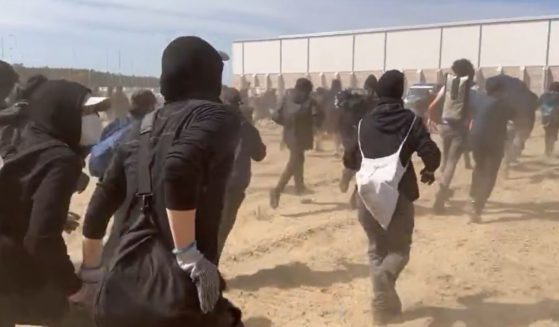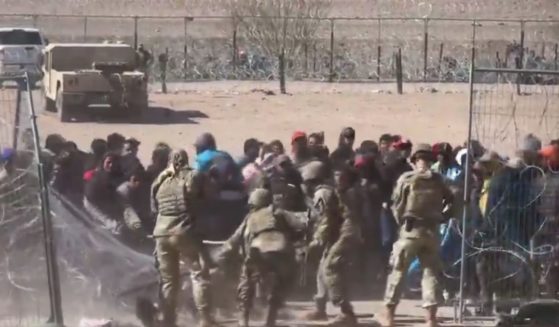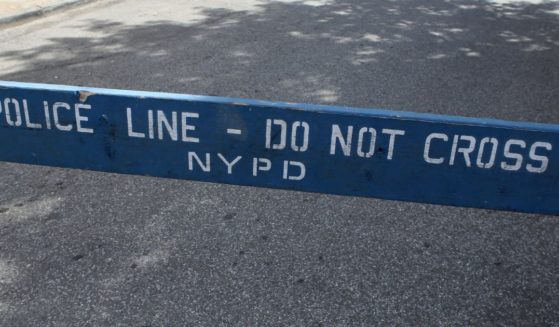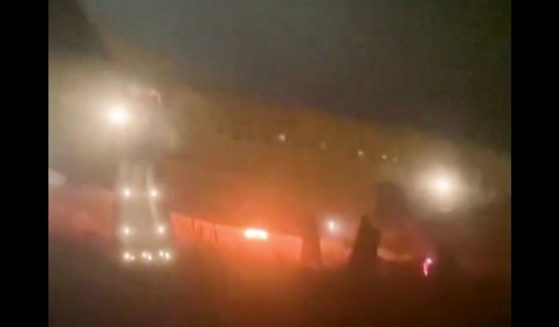Signs of ritual pot smoking found in ancient Chinese graves
WASHINGTON (AP) — Archaeologists have unearthed the earliest direct evidence of people smoking marijuana from a 2,500-year-old graveyard in western China.
In a complex of lofty tombs in the Pamir Mountains — a region near the borders of modern China, Pakistan and Tajikistan — excavators found 10 wooden bowls and several stones containing burnt residue of the cannabis plant. Scientists believe heated stones were used to burn the marijuana and people then inhaled the smoke as part of a burial ritual.
“It’s the earliest strong evidence of people getting high” on marijuana, said Mark Merlin, a botanist at the University of Hawaii. He was not involved in the research published Wednesday in the journal Science Advances.
The history of ancient drug use has long intrigued scholars. The Greek historian Herodotus wrote of people in Central Asia smoking cannabis around 440 B.C. In the past century, archaeologists have found cannabis seeds and plants buried in tombs across Central Asia’s highlands, including in southern Siberia, and elsewhere in western China’s Xinjiang region.
Today, scholars don’t consider ancient accounts trustworthy without corroborating evidence. And since the cannabis plant has other uses — seeds are pressed for oil and fibers used for cloth — the presence of seeds alone doesn’t confirm drug use.
Using new techniques for chemical analysis, the study’s scientists examined the residue and found evidence of THC, the compound that gives pot its high. Most wild cannabis plants have low levels of THC, so the researchers believe the people who built the graves deliberately selected or cultivated plants with higher amounts.
“During funeral rites, the smokers may have hoped to communicate with the spirit world — or with the people they were burying,” said study co-author Yimin Yang of the University of the Chinese Academy of Sciences in Beijing.
Excavation of the site, called Jirzankal Cemetery, began in 2013. The tomb complex also contained other objects the researchers believe were used in funeral rituals, including fragments of silk cloth and harps. No DNA analysis of the ancient corpses has been released to suggest their origins.
Dorian Fuller, an archaeologist and botanist at University College London who was not involved in the study, called the findings “very exciting.”
“Some of the artifacts are from Central Asia and some from Central China,” he said. “It reminds us that this region was very much at the crossroads of Asia at the time.”
___
Follow Christina Larson on Twitter: @larsonchristina.
___
The Associated Press Health and Science Department receives support from the Howard Hughes Medical Institute’s Department of Science Education. The AP is solely responsible for all content.
The Western Journal has not reviewed this Associated Press story prior to publication. Therefore, it may contain editorial bias or may in some other way not meet our normal editorial standards. It is provided to our readers as a service from The Western Journal.
Truth and Accuracy
We are committed to truth and accuracy in all of our journalism. Read our editorial standards.












